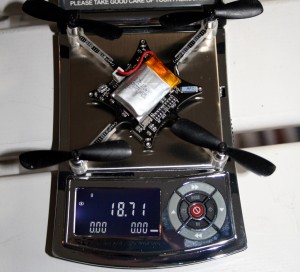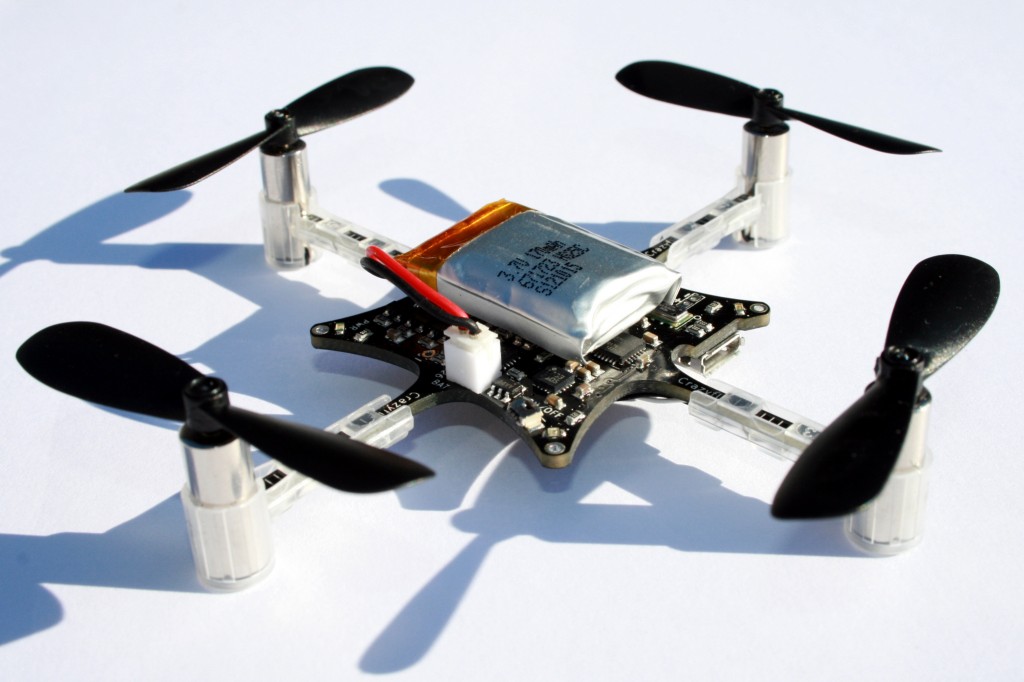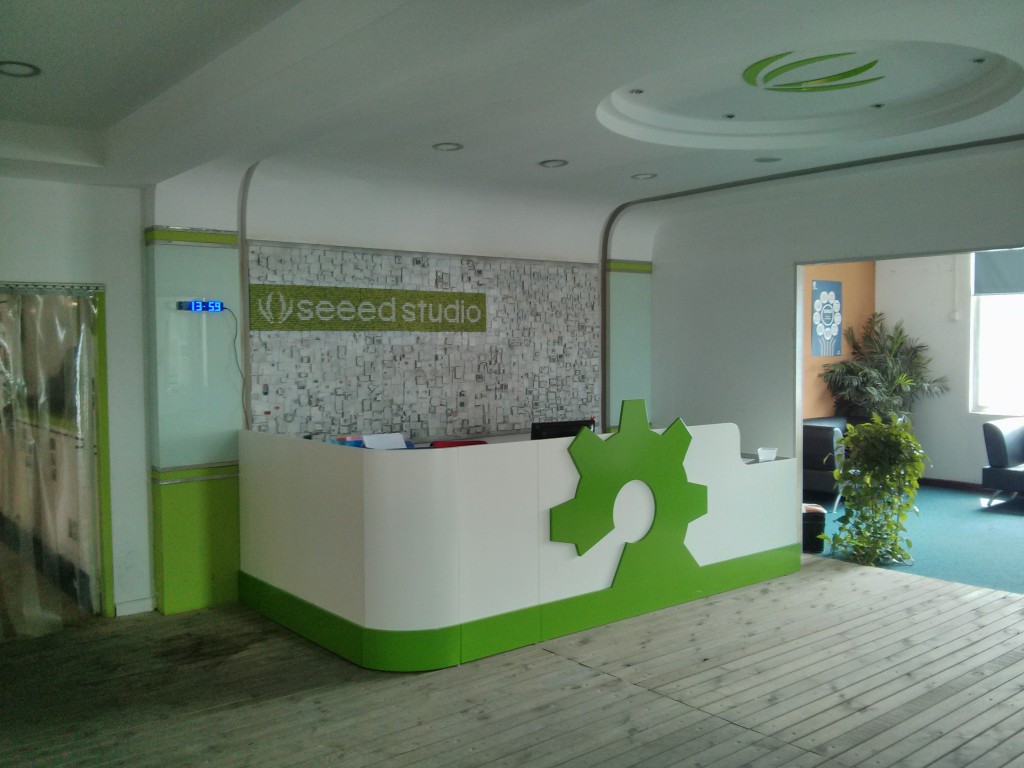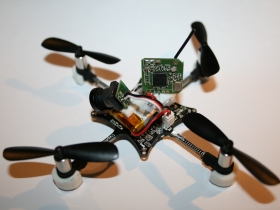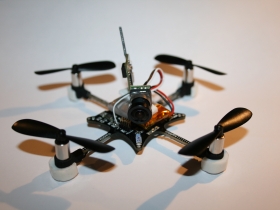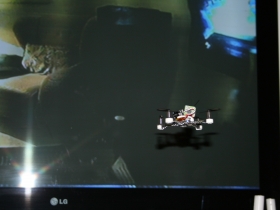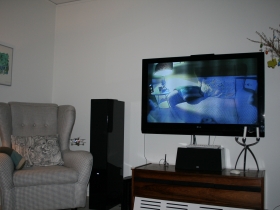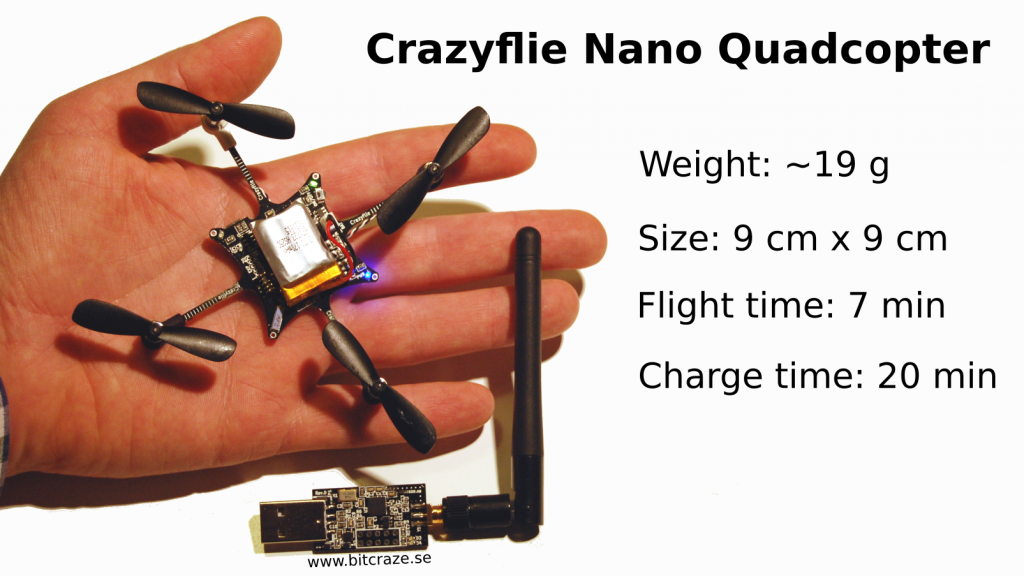It’s been an incredible week seeing people from all over the world getting their Crazyflies into the air!! We have seen videos of people doing crazy stuff we never thought of, 3D models of cases and frames on Thingiverse and of course a lot of images of people unpacking and assembling their Crazyflies. The wiki is receiving some well needed updates and everyone is helping out answering questions in the forum. It’s really great for us to see this project come to life after such a long time and as far as we can tell we have a lot of happy users, even though there’s still a few people struggling with issues.
Like we said last week, this is the first time we distribute the software/firmware/hardware widely and there’s a few bugs that has been found. We are currently correcting the most important ones and will post updates for the firmware and software once we fix enough of them. If you want to follow the progress drop by the bug tracker on Bitbucket for the PC-client, Crazyflie and Crazyradio.
We are doing our best to answer questions and give support in the forum, but there’s a couple of issues that we would like to highlight to make the assembly and usage easier for everyone. Please be careful with your new Crazyflies, they are not unbreakable.
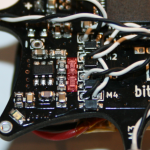 After the motor wires has been soldered make sure to inspect for shorts and especially to the resistors, red highlighted area, in the picture as it can damage the digital voltage regulator. This will show up as that the blue LEDs wont light up and the other LEDs will be dim. To fix this the regulator U9 will have to be exchanged. It is the SOT23-6 package in the picture.
After the motor wires has been soldered make sure to inspect for shorts and especially to the resistors, red highlighted area, in the picture as it can damage the digital voltage regulator. This will show up as that the blue LEDs wont light up and the other LEDs will be dim. To fix this the regulator U9 will have to be exchanged. It is the SOT23-6 package in the picture.
- The Crazyradio doesn’t work on USB3 ports but a fix is on the way. Until then the work-around is to use USB2 ports.
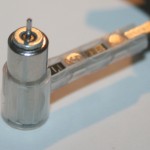 If the Crazyflie crashes upside down there is a chance the motor bearing gets depressed. There is a protection for this and that is to carefully glue a spacer between the motor and the propeller, similar to what we have done in the picture. That will prevent the propeller from pushing on the bearing but will instead be pushing on the spacer which will absorb the force much better. The spacer needs to be higher then the motor bearing else it will not work that well.
If the Crazyflie crashes upside down there is a chance the motor bearing gets depressed. There is a protection for this and that is to carefully glue a spacer between the motor and the propeller, similar to what we have done in the picture. That will prevent the propeller from pushing on the bearing but will instead be pushing on the spacer which will absorb the force much better. The spacer needs to be higher then the motor bearing else it will not work that well.
- Loading an already existing input-device configuration in the PC-client does not work, the best is to start from scratch (see this issue). Also when configuring the input-device you will have to map all the axis and buttons before you can save the configuration (see this issue). For more information on device-input configuration see this page on the wiki.
Unfortunately the production of the new motor-mounts has been delayed and they will not be available for order until next week. But the kits that are currently in stock still contains a spare motor-mount.
Happy flying!!
